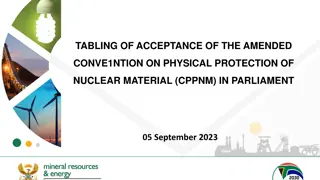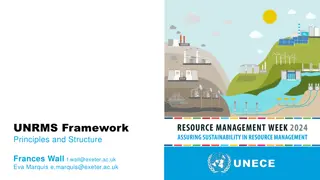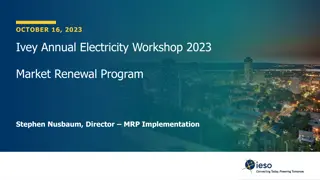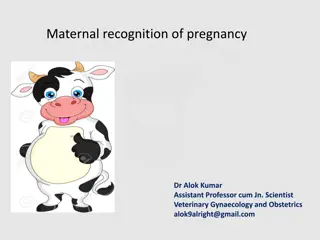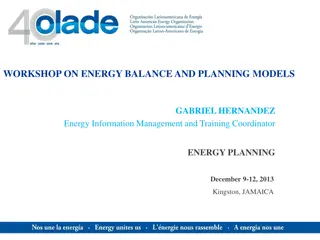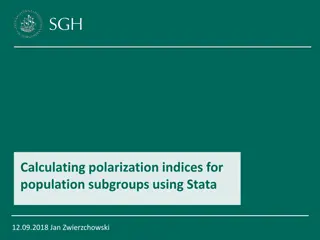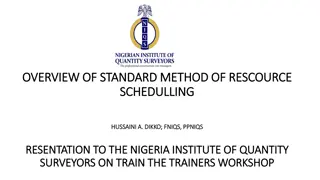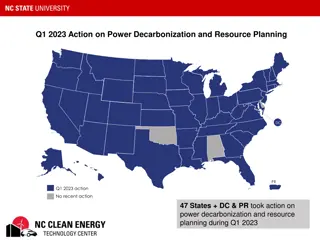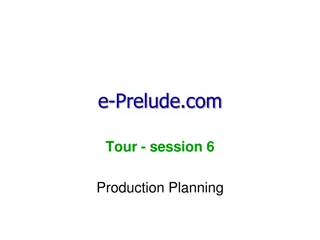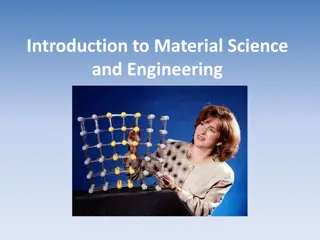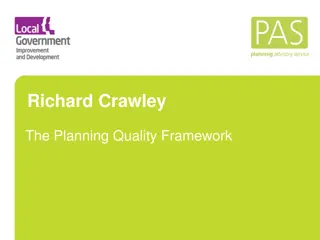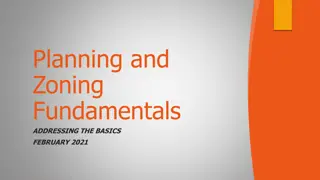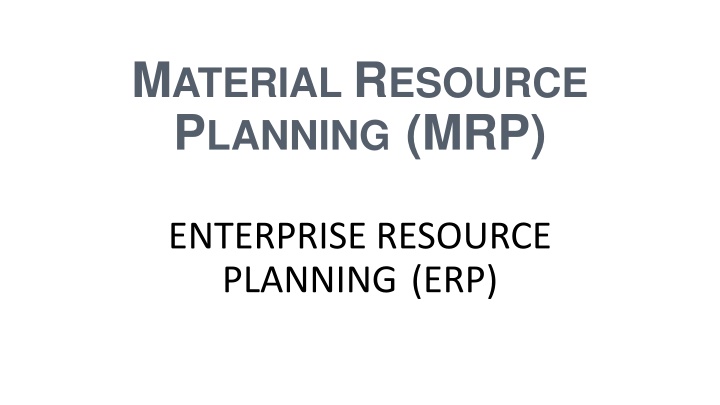
Effective Material Resource Planning (MRP) and Enterprise Resource Planning (ERP)
Enhance inventory control with Material Resource Planning (MRP) and streamline manufacturing processes with Enterprise Resource Planning (ERP). Learn how MRP and MRP II systems optimize inventory management, production planning, and resource allocation for better operational efficiency and customer satisfaction.
Download Presentation

Please find below an Image/Link to download the presentation.
The content on the website is provided AS IS for your information and personal use only. It may not be sold, licensed, or shared on other websites without obtaining consent from the author. If you encounter any issues during the download, it is possible that the publisher has removed the file from their server.
You are allowed to download the files provided on this website for personal or commercial use, subject to the condition that they are used lawfully. All files are the property of their respective owners.
The content on the website is provided AS IS for your information and personal use only. It may not be sold, licensed, or shared on other websites without obtaining consent from the author.
E N D
Presentation Transcript
MATERIAL RESOURCE PLANNING (MRP) ENTERPRISE RESOURCE PLANNING (ERP)
Meaning It is basically a system which controls system of inventory so that up- to-date records of the status of a large number of items in inventory can be kept.
Aims Determine for final products what should be produced and at what time. Calculate the required production Determine the requirements for material Bill of Materials (BOM). Calculate inventories, work-in-progress, batch sizes and manufacturing and packaging lead times. control inventory by ordering bought-in components
OBJECTIVES It determines the quality and timing of finished goods demanded. It determines time phased requirements of the demand for materials, It computes the inventories, work-in-progress batch sizes and manufacturing and packing lead times. It controls inventory by ordering components and materials in relation to orders received rather than ordering them from stock level point of view.
Benefits Significantly decreased inventory levels and corresponding decreases in inventory carrying costs. Fewer stock shortage,. Increased effectiveness of production supervisors and less production chaos. Better customer service Greater responsiveness to change Closer coordination of the marketing, engineering, and finance activities
meaning MRP II utilizes software applications for coordinating manufacturing processes, from product planning, parts purchasing, inventory control to product distribution. MRP II is a method for the effective planning of all the resources of a manufacturing company.
It also addresses business planning, sales and operations planning, demand management, production planning, master scheduling, material requirement planning, capacity requirement planning,
Essential Elements of MRP II Essential Elements of MRP II The essential elements of MRP II system are as follows: Demand Forecast Production Planning Resource Planning -
Rough-cut Capacity Planning Master Production Schedule Bills of Material Materials Requirement Planning
Detailed Material and Capacity Plans Shop and Purchase Order Release - which activate production and purchasing. Shop-floor Control Purchase and Inventory Control -
NEED OF IMPLEMENTING MRP REALTIME INVENTORY STATUS AVAILABLE MEETING DELIVERY SCHEDULE IMPROVED PERFORMANCE
MRP Processing MRPOutputs MRPInputs Changes Order releases Master schedule Planned-order schedules Primary reports Exception reports Bill of materials Planning reports MRPcomputer programs Secondary reports Performance- control reports Inventory records Inventory transaction
ADVANTAGES INVENTORY PRODUCTION SALES ENGINEERING FINANCE SCHEDULING
Enterprise Resource Planning Systems
meaning ERP means the techniques and concepts for integrated management of business as a whole from the view point of the effective use of management resources to improve the efficiency of enterprise management. ERP provides integrated business software modules to support functional units of an enterprise. It has a process oriented approach in the sense that it focuses on core processes like order fulfillment, materials procurement, balance sheet preparation etc. and attempts to integrate various functions of an enterprise involved the execution of these processes.
ERP systems provide integration across multiple locations and functional areas. ERP systems permit organizational standardization across different locations. ERP system brings with time-tested and successful business practices that will help the organization to become more competitive. ERP also facilitates communication and collaboration with outside organizations like suppliers, customers, logistic agents, insurance companies, market enquiries, service outlets, warehouses, retail and wholesale outlets etc.
NEED FOR IMPLEMENTING ERP FOR PROPER RESOURCE UTILIZATION TO REDUCE LEAD-TIME FOR DECISION MAKING TO INCREASES CUSTOMER SATISFACTION TO PROVIDE BETTER PROCUREMENTPROCESS
Benefits from ERP Benefits from ERP Lowering the cost of products and services purchased - Significant paper and postage cost reductions - Improve the productivity of process and personnel - Inventory reduction - Lead time reduction - Reduced stock obsolescence - Faster product/service lookup and ordering saving time and money - Automated ordering and payment, lowering payment processing and paper costs
Draw a detailed plan Identify the need Select the software Organisation is ready? Evaluate the old process A s s ess the costs of installing Start organising


